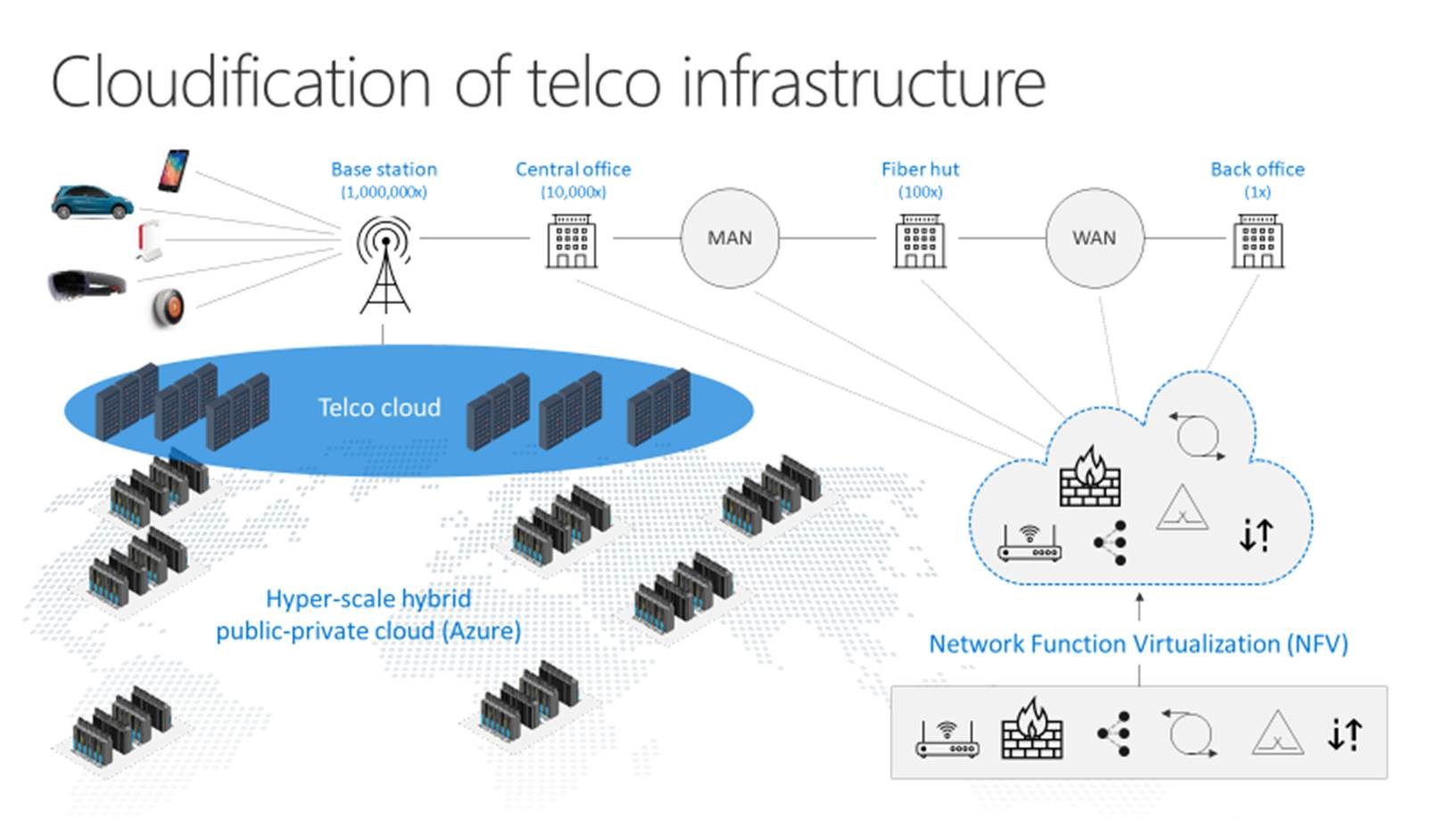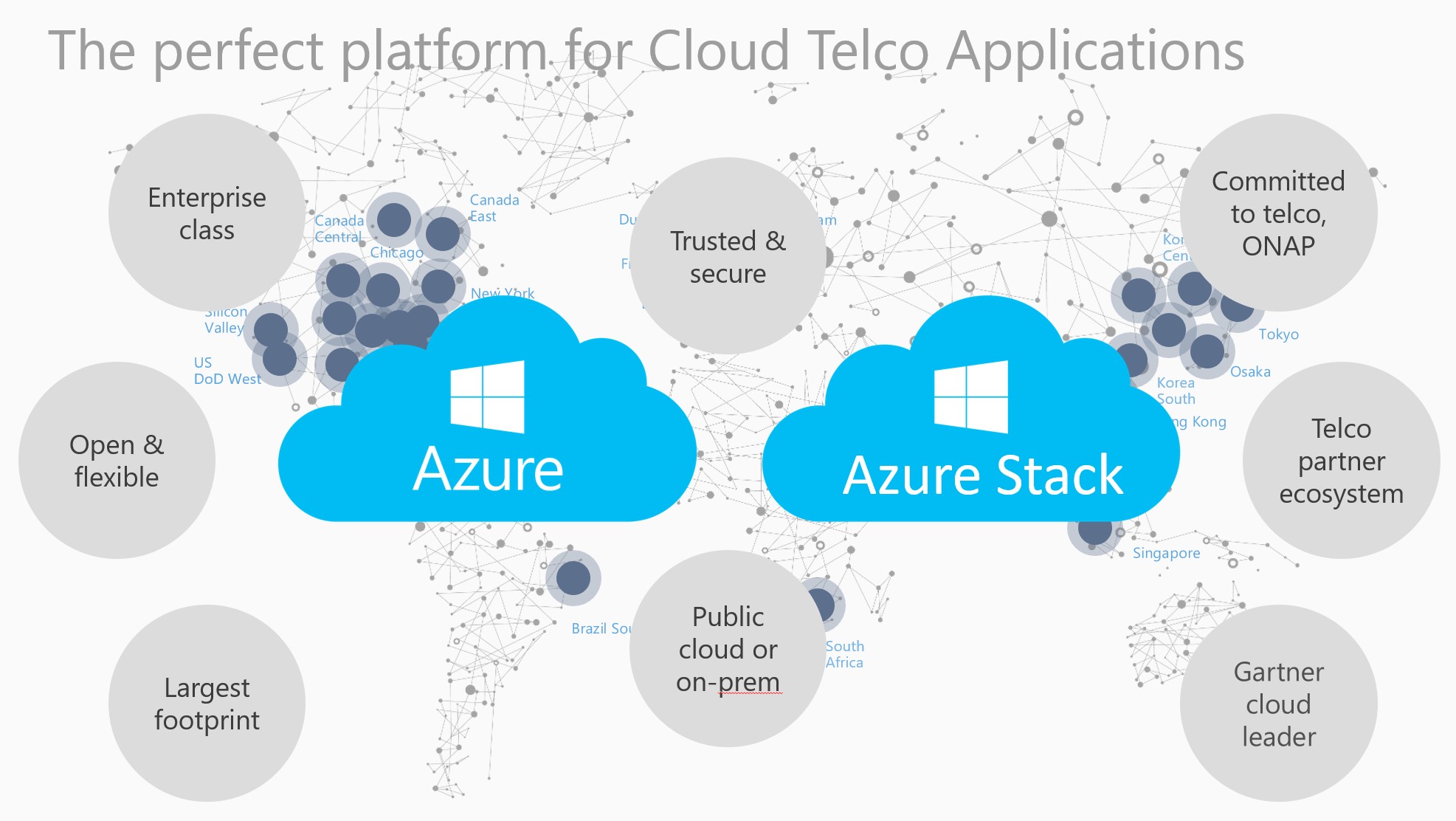
Cloudification of Telco Infrastructure
It has been a month since Mobile World Congress in Barcelona, and time to share some thoughts. Over 2,500 vendors and more than 108,000 participants from around the world attended the largest mobile conference where the main themes for the show were clear – 5G, IoT and Cloud dominated many of the conversations (outside of the cool new handset hardware, and whatever was going on in the Huawei spaceship of course). I’m going to write briefly about some findings on the latter – Cloud-based Network Infrastructure – a very interesting challenge for Operators to support.
I have spent the last twenty years (eek) working with Service Providers in a vendor/partner relationship in a variety of capacities. While wireless carriers are deciding how/when/where to deploy 4.5 or 5G cellular technologies, (which in Canada comes very likely at a capital cost of somewhere between $5-7B for EACH of the 3 major Carriers), this truly seems like a unique time. While there has always been a desire for faster speeds, more consumer usable internet on Mobile – paired with increased revenue coming from data usage – we seem to be at a point where the current, (in Canada anyway), LTE and LTE-A environments, combined with WiFi availability are largely capable of what consumers are doing today on their mobile devices. While faster is always better, consumers, if anything, want more for less, i.e. there does not seem to be an ARPU jump for faster on the horizon. This creates the daunting question for the carriers; – ‘How do we justify spending $7 Billion on the network?’. Unfortunately, it looks more like there isn’t a great single answer to that question. After speaking about this with several C-Suite executives from many carriers, both in Canada and Internationally, the conversation moves to virtual infrastructure.
Trying to figure out the next service, solution or differentiator that Service Providers offer their consumer or enterprise customers has traditionally been a very expensive proposition. Typically, solutions have to be brought in, installed, certified across the network, billed for, marketed, etc. etc. etc. This happens through a new product introduction process that takes 8-12 months, and often longer. I have seen several products at a huge cost go through much of this process, and never get launched; a write-down for the operator. One large Multi-National Telco I spoke with told me that depending on the market, they are looking at somewhere between 20-100 potential services or solutions for every successful one. They have found that the only way to be nimble enough to succeed is to operate a Network that can support that level of change. This means an open, productized, supportable virtual infrastructure environment from a large vendor. Whether these offerings are IoT solutions, SaaS or IaaS offerings, the need for stable, supportable and scalable networks are becoming very clear. The alternative approach – building and operating their own ‘DIY Telco Cloud’ –requires a much larger engineering and operations team to operate, deploy and support. This Virtual Infrastructure, often referred to as Network Function Virtualization (NFV) for Telco Core Network use is a very non-traditional model for Telecommunications companies. The environment that is being considered by most telecommunications companies, like many Enterprises, is a hybrid virtual infrastructure environment, where a “Telco Cloud” infrastructure will do much of the legwork over the network – the difference from traditional here, is no longer will the Telcos have to scale and operate each application. Functions that are ‘Cloud Aware’ can leverage the NFV, creating a Software defined environment that is easier to operate, and cheaper to scale. If you haven’t heard yet, Azure is a complete solution.
This Virtual Infrastructure, often referred to as Network Function Virtualization (NFV) for Telco Core Network use is a very non-traditional model for Telecommunications companies. The environment that is being considered by most telecommunications companies, like many Enterprises, is a hybrid virtual infrastructure environment, where a “Telco Cloud” infrastructure will do much of the legwork over the network – the difference from traditional here, is no longer will the Telcos have to scale and operate each application. Functions that are ‘Cloud Aware’ can leverage the NFV, creating a Software defined environment that is easier to operate, and cheaper to scale. If you haven’t heard yet, Azure is a complete solution.
David Dykman – Telecom and Media Industry Leader – Microsoft Canada
David is responsible for the execution of Microsoft’s Global industry strategy for the Telecommunications and Media Vertical for the Canadian market. David supports the Microsoft Sales teams and Partners by establishing Microsoft as a leading business solutions provider.




